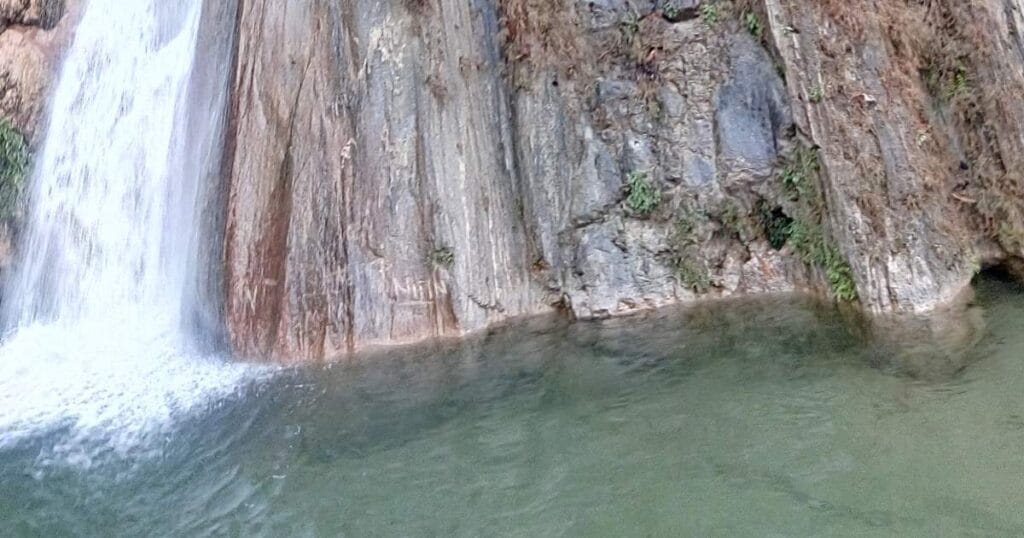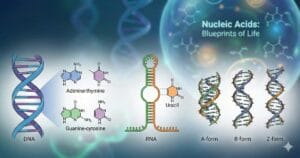
COMPETITIVE EXAM MCQs SERIES of ENVIRONMENTAL SCIENCE for UGC-NET/JRF, SLET, ARS, GATE, and other entrance tests – Contemporary Environmental Issues: Environmental Issues of Water Resource Projects.
Syllabus Outline
- Environmental impacts of water resource projects (e.g. Submergence of forests and agricultural land, habitat fragmentation, biodiversity loss, alteration of natural flow regimes)
- Social and cultural impacts (e.g. Displacement of communities, loss of livelihoods, changes in traditional water use practices, cultural site submergence).
- Ecological consequences of large dams and diversions (e.g. Riverine ecosystem degradation, wetland loss, decline in aquatic biodiversity, and downstream impacts).
- Sustainable alternatives and integrated water resource management (e.g. Rainwater harvesting, watershed development, small-scale decentralised water systems, ecosystem-based approaches).
This quiz contains concept-based, most frequently asked 25 MCQs of “Contemporary Environmental Issues: Environmental Issues of Water Resource Projects”. Each question has a single correct/most appropriate answer.
*****
1. Construction of large dams often leads to an impact on aquatic ecosystems by:
A) Changing a lotic ecosystem to lentic conditions
B) Changing lentic ecosystem to lotic conditions
C) Decreasing aquatic population while maintaining the lentic ecosystem
D) Decreasing aquatic population while maintaining the lotic ecosystem
2. Which of the following is a major environmental concern associated with large dam projects?
A) Decrease in fish population
B) Displacement of existing habitat
C) Decrease groundwater recharge in the downstream
D) Reduced sediment capture
3. Which of the following is NOT a direct environmental impact of constructing a large dam?
I – Submergence of forests and agricultural lands
II- Blocking of fish migration routes
III – Trapping of river sediment behind the dam
IV -Increased downstream natural floodplain connectivity
A) I and II
B) I, II and III
C) II and IV
D) IV only
4. Large dam reservoirs can contribute to greenhouse gas emissions primarily because they:
A) Convert organic matter into carbon dioxide by aquatic planktons
B) Release methane due to the decomposition of submerged organic matter
C) Require energy-intensive materials for construction
D) Decrease photosynthesis of aquatic plants by increasing the depth of water and leading to a decrease in carbon sequestration.
5. One of the major environmental impacts of dams is habitat fragmentation. This specifically affects aquatic species by:
A) Decreasing breeding grounds for aquatic organisms
B) Decreasing migratory routes
C) Decreasing genetic diversity
D) Accumulation of organic load and decreasing dissolved oxygen
6. Environmental flow releases from dams are intended to:
I – Ensure downstream ecosystems receive enough water for fish breeding
II – Balance sediment transport downstream
III – Stop River erosion
IV – Continue groundwater recharge in connected aquifers
A) I, II, and IV only
B) I and III only
C) II, III, and IV only
D) All of the above
7. Which of these is an immediate ecological consequence of a large dam reservoir filling up?
A) Riverine species adapt to lacustrine conditions
B) Flooded lowland wetlands convert to upland forests
C) A shift from riverine to lacustrine conditions
D) Sediment transport decreases in the upstream
8. The Narmada Bachao Andolan (NBA) in India primarily protested the construction of which major dam project?
A) Bhakra Nangal Dam
B) Sardar Sarovar Dam
C) Hirakud Dam
D) Tungabhadra Dam
9. Which one of the following statements is false?
A) Construction of large dams involves discretionary judgment.
B) The regulation of large dam construction is guided by various acts, rules, guidelines, and policy statements.
C) Construction of large dams is the sole responsibility of the Central Government in India.
D) Construction of large dams is often reactive, filling needs as they arise.
10. IWRM is an abbreviated form of:
A) Integrated Water Resources Management
B) Integrated Water Resources Development and Management
C) International Water Resources Management
D) Indian Water Resources Management
11. IWRM addresses the “three E’s”:
A) Evaluation of Resources, Economic efficiency, Environmental sustainability
B) Economic efficiency, Environmental impact assessment and social Equity
C) Ecosystem Management, Environmental impact and social Equity
D) Economic efficiency, Environmental sustainability and social Equity
12. Which major Indian dam project became a turning point in the World Bank’s policy on funding large dams due to controversy?
A) Koyna Dam
B) Hirakud Dam
C) Sardar Sarovar Project
D) Indira Sagar Dam
13. What major environmental issue was associated with the Koyna Dam?
A) River drying
B) Reservoir-induced seismicity
C) Mercury contamination
D) Urban flooding
14. Which Indian dam project contributed significantly to the industrial water supply in Gujarat and Maharashtra?
A) Kangsabati
B) Sardar Sarovar
C) Bhakra
D) Koyna
15. Which key Indian dam project has been studied for its long-term socio-economic transformation in northwestern India?
A) Tehri Dam
B) Bhakra-Nangal Dam
C) Koyna Dam
D) Ukai Dam
16. Which Indian dam project was influenced by the Tennessee Valley Authority model?
A) Hirakud Valley Dam Project
B) Bhakra Valley Dam Project
C) Damodar Valley Project
D) Sardar Sarovar Valley Project
17. What major positive role did the Bhakra Dam play in India?
A) Assured power generation for industrial growth
B) Flood protection for Punjab and Haryana
C) Assured irrigation for intensified agriculture
D) Improved livestock in Punjab and Haryana
18. What climatic constraint makes dam construction critical in India?
A) Seismic activities and tropical cyclones
B) Highly seasonal and concentrated rainfall
C) High rate of evaporation due to high temperature and low pressure
D) High relative humidity along with high temperature
19. What was a key factor in the success of Bhakra-Nangal Dam?
A) International technical support
B) Multi-purpose planning and strong institutional setup
C) Limited local opposition
D) Proximity to Delhi
20. Which of the following is a beneficial environmental outcome of a properly managed dam?
A) Restoration of natural seasonal flood cycles
B) Elimination of downstream erosion
C) Decrease methane production
D) Stabilisation of upstream water levels
21. Which description best characterises the alteration of natural river flow regimes by water resource projects?
A) They mimic pre-dam seasonal flows by opening and closing gates
B) They create artificial peaks and troughs
C) They decrease upstream water flow
D) They increase sediment delivery to deltas
22. Which factor commonly contributes to biodiversity loss in dam-affected areas?
A) Loss of wetland habitats at the upstream
B) Fragmentation of habitats and restriction of species movement
C) Convert a lotic to lentic ecosystem, lentic systems are always less diverse than lotic
D) It provides an opportunity for invasive species in the downstream
23. Which of the following is a typical ecological effect of large dams and water diversions?
I – Decline in native aquatic biodiversity
II – Expansion of downstream wetland areas
III – Fragmentation of river habitats
IV – Alteration of temperature and flow patterns
A) I and III
B) I, II and III
C) I, III and IV
D) III only
24. Which of the following consequences is associated with downstream habitat degradation from a large dam?
A) The formation of deltas decreases the aquatic breeding ground
B) Saltwater intrusion and reduced freshwater flow to deltas
C) Expansion of estuarine habitats
D) It increases the erosion
25. Which of the practices would be considered a watershed management approach?
I – Plantation of trees on slopes to reduce runoff
II – Building a series of small check dams to slow water flow
III – Contour farming to prevent soil erosion
IV – Cloud seeding to induce rainfall
A) I only
B) I and II
C) I, II and III
D) I, II, III and IV
*****
Previous: International Efforts for Environmental Protection
Next: Water Conservation and Watershed Development
References
- R. Rajagopalan (2015) ENVIRONMENTAL STUDIES: FROM CRISIS TO CURE, Oxford University Press, Third edition
- Bharucha, E. (2013). Textbook of Environmental Studies. Universities Press, 3rd edition
- Abha Vashistha and Surabhi Johari (2020). Contemporary Environmental Issues and Challenges, Bloomsbury Prime
- William Cunningham and Mary Cunningham (2009) Environmental Science: A Global Concern, McGraw-Hill Education, 11th edition

